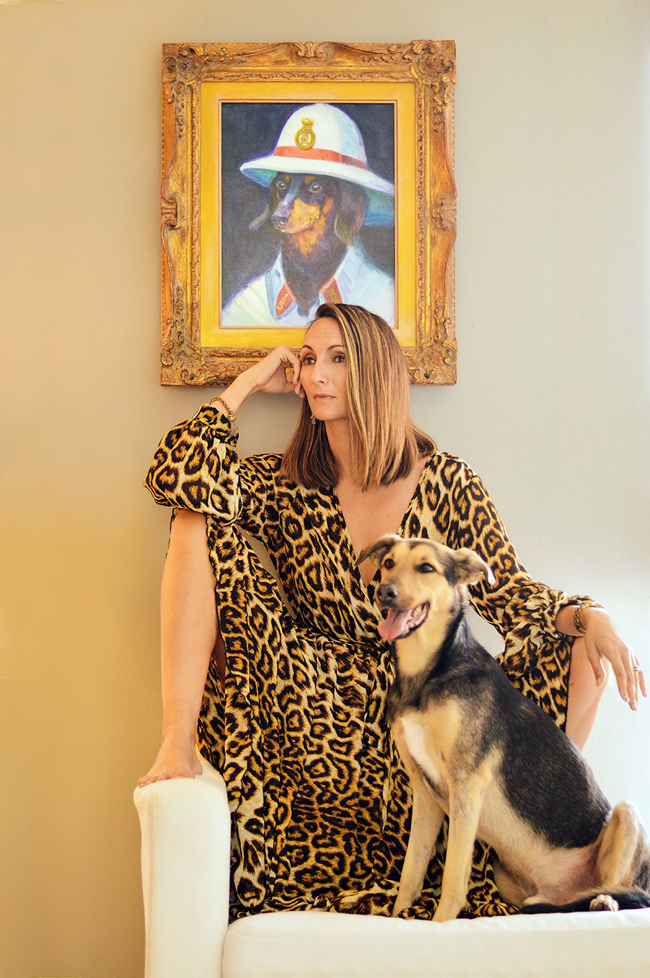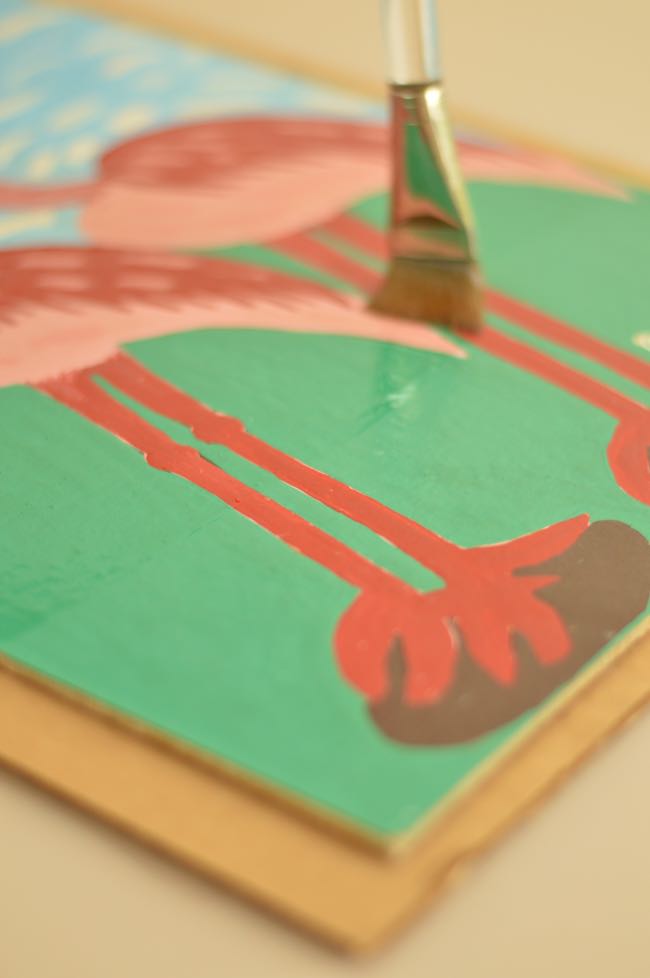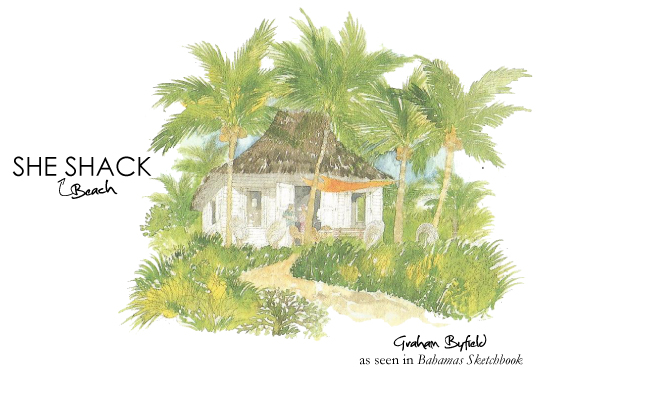How To Conserve Art in The Island Home

In the tropics one is required to have a high degree of respect for mother nature. For where she casts her light can be ruinous, particularly to books and paintings.
Last year we saw our modest art collection grow by one-two-three Bahamian paintings. Almost, as if overnight, I became acutely aware of where light pools and pales in our home. Placing the three paintings strategically about, I soon realized, each in their own right is a reference to a particular point in history; A time, which one-day in years ahead, may be recalled with a great sense of nostalgia. Which is why, in developing countries like The Bahamas, where art often serves as a method of historical documentation, it’s important art collectors know how to preserve such history. Such a notion is what drives Harvard trained artist and conservator, Katrina Vanderlip, to educate island artists on how create works that can be easily preserved, and collectors on how to effortlessly preserve them. Below, Katrina kindly answers 7 of my most pressing questions about conserving art in the island home.

Are there any hassle-free, at home projects, that art-collectors can do?
Take the time to really look at the surface of your artwork to notice any changes such as mold growing or loose, flaking paint.
Check behind your artwork to see that there is no mold growing, or signs of termites on the frames or stretchers. Do not just pull the painting away from the wall, take it down and have a good look. Check to see that the canvas is tight and not detaching on the sides because of rusty nails.
Below, I’ve highlighted three at home projects any art-collector can do:
How to remove mold…
It’s recommended to have a professional handle mold on the surface of the painting, but the back is an easy at-home clean. Using a spray bottle, fill it with 70% rubbing alcohol in water and lightly spray the back of the canvas without saturating. Then, take a 2-inch painter’s brush and brush the mold off. Ideally, you want to remove the mold completely so spores won’t be “reactivated” on another humid day.
How to clean the surface…
I do not recommend letting any one but a trained art conservator clean your paintings, but, should you have a painting that is “solid” i.e. varnished with no flaking paint, you can dust first using a feather duster and then use a cotton swab moist with saliva. There are natural enzymes in saliva that are marvelous for removing grime.
How to prevent fading…
The strong island sun has plenty of power so be sure to not place your artwork in direct sunlight. If it’s an oil painting it will not fade, but artwork on paper is very fragile and should be protected by ultraviolet blocking glass or plexiglass. You can also have your windows specially coated to block ultraviolet rays.
What are some preventative actions that you recommend art collectors take in their home?
Keep the area where the artwork is displayed well-ventilated to help prevent mold from forming. If you’re not one for air conditioning, then it’s recommended to put spacers on the back of your frame to allow air circulation between the artwork and the wall. It is also helpful to have your home fumigated periodically.
Which leads me to ask, do you recommend artwork be covered in the event a home needs to be professionally fumigated?
Yes, you don’t want the spray to come into direct contact with the painting. Nor do you want to create an airtight seal as there is a reason you are having your home fumigated.
Should paintings be mounted on stretchers or strainers?
A painting on canvas has to be kept tight. When the canvas shrinks and stretches due to changes in humidity the paint layer can start to crack and will eventually flake off.
Paintings should be on stretchers, not strainers. Stretchers have corners that can be spread apart to keep the canvas tight and the paint surface flat. These stretchers are difficult to find in the Bahamas, therefore most artists only use strainers with fixed corners. If you have an important painting on a strainer, have it re-stretched on a stretcher.

Do you have any conservation tips for artists?
Yes! Use oil paint rather than acrylic paints, varnish your paintings preferably with “retouching” varnish that can be removed and replaced, if necessary, and stretch your canvas on stretchers using rust proof tacks or staples.
If you create works of art on paper it is vital that you have them framed with UV protection and acid free matt boards.
How do you recommend a collector search for a local art restorer?
Your local museum is your best resource as they will likely have a recommended list of framers and art conservators. Here in the Bahamas that would be the National Art Gallery of the Bahamas.
There are no full time resident trained art conservators in the Bahamas. We hope to change that by training young Bahamians and equipping a lab at the art gallery in the next two years. This would serve the public as well as the art gallery.
Are there additional ways collectors can prevent mold from growing on their painting(s)?
Varnish is an excellent protection on a paint surface. Classic oil paintings withstand the test of time far better than contemporary art. Artists once let their paintings dry then applied a protective varnish layer the day of the “vernissage.”
In this tropical climate I recommend applying a layer of protective varnish, unless of course the artist intended his or her painting to have a matte surface. Some impressionist artists never wanted their paintings varnished, but they did not live in the Bahamas.
Also, the use of ceiling fans helps air circulate which is beneficial when preserving artwork.

P.S. A version of this post also appeared on Sotheby’s Extraordinary Living Blog.
P.P.S. Lead photo captured by Theo McClain. Featured painting by John Paul Saddleton.





Join the conversation